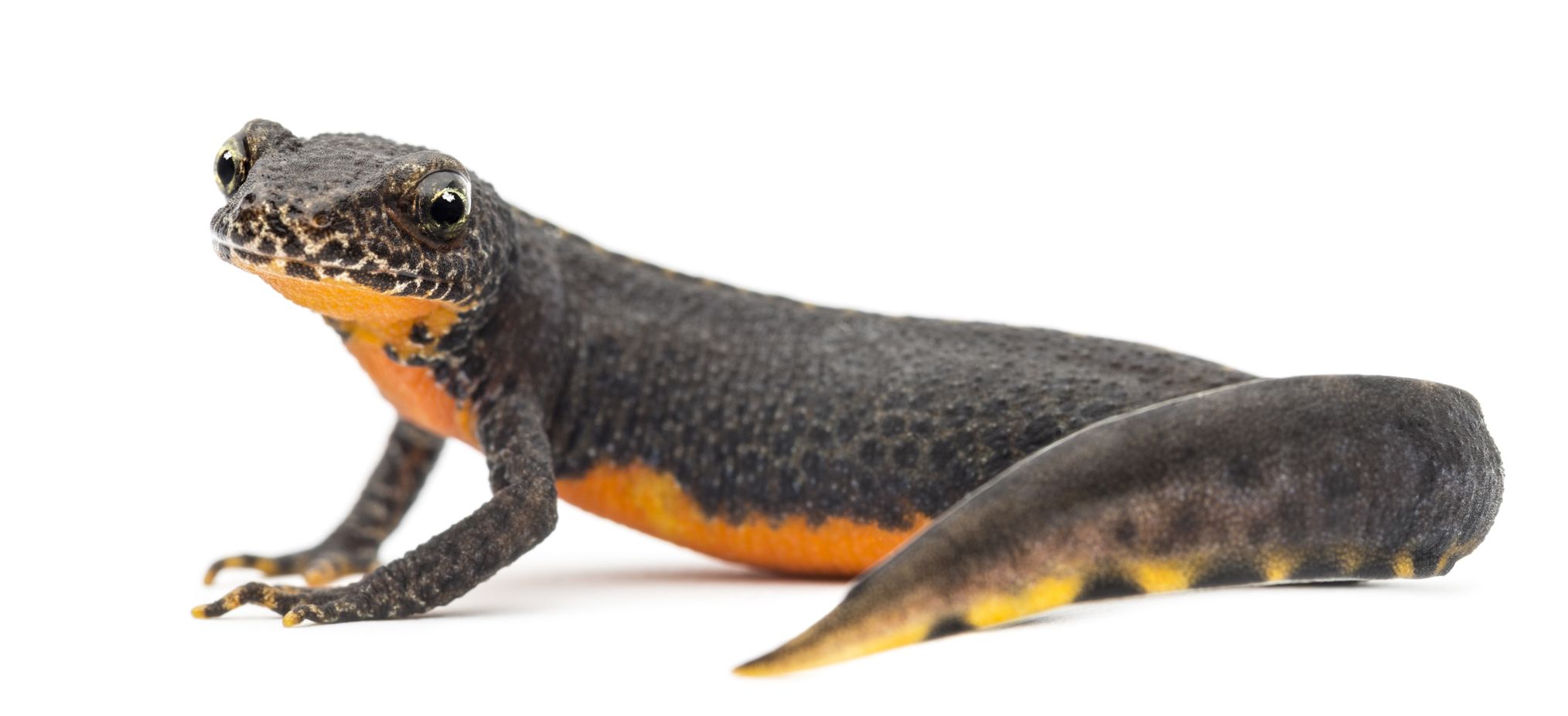What is Bsal?

BACKGROUND
Salamander chytrid disease, or salamander chytridiomycosis, was identified in 2013 as an infectious disease caused by the newly discovered pathogenic fungus Batrachochytrium salamandrivorans (Bsal). The fungus is closely related to B. dendrobatidis (Bd) which has been known for more than 20 years to be responsible amphibian declines and extinctions in many regions of the planet. Although Bd infects frogs and salamanders, with many losses occurring across frog taxa, our current understanding of Bsal is that losses appear to be specific to salamanders not frogs. The first reported cases of the disease, which led to the recognition of Bsal as a new species, occurred in a population of Fire Salamanders (Salamandra salamandra) in The Netherlands, where large-scale mortalities were observed in a natural preserve. Similar observations have since been reported from Germany, affecting a wild population of S. salamandra and a number of species of Salamandra in a captive collection. Diseased animals are noticeably lethargic and may show large open lesions on the skin. Infected, but not diseased, animals may show no symptoms whatsoever.
Outside of Western Europe, Bsal is known to infect a number of species of newts native to Asia and, importantly, does not appear to cause significant disease or mortality in those species. Current evidence strongly suggests that Bsal is a native non-lethal pathogen in Asian newts and that it has been introduced, most likely via the voluminous pet trade in Asian newts, to Western Europe where it has become introduced into wild, naïve populations and is capable of causing significant mortality. The scant amount of natural history information on Bsal indicates that it is transmitted via direct contact between salamanders or via motile aquatic zoospores. It can survive in water or leaf litter in the absence of salamander hosts and thrives best at temperatures between 10–15°C, with reduced growth as low as 5°C and death at 25°C.
Initial rounds of pathogen exposure trials in the laboratory verified that native Asian newts may become infected by Bsal with no mortality, whereas European and also North American newt and fire salamander species tested suffer very high mortality. The trials also showed that some lungless salamanders (Family Plethodontidae) suffer disease and mortality and that the fully aquatic siren salamanders (Family Sirenidae) endemic to North America may become infected, but with little sign of disease. So far, no species of frog or caecilian has been found to be infected by Bsal in the wild and laboratory trials did not result in infections in these non-salamander amphibians. Additional exposure trials across many amphibian species are warranted at this time.
SIGNIFICANCE
Considered altogether, the significance of these results is that they indicate that Asian species of salamander, as well as other species on other continents, may act as non-diseased carriers of the Bsal pathogen. Commercial trade, or other movements of salamanders among localities or continents, can result in the introduction of Bsal into areas where it is not native, with potentially devastating impacts some native species into those areas.
North America and Central America have the greatest diversity of salamanders in the world and, to date, Bsal has not been found in the wild or in archived museum and DNA samples. No mass mortalities or populational declines of salamanders, attributable to Bsal have been detected here. However, requisite levels of surveys and monitoring have not yet been conducted in order to state conclusively that Bsal is not yet here, yet undetected.
RESPONSE
United States federal and state agencies, biologists, and conservation programs are proceeding along the most precautionary path of initiating surveys and monitoring of wild populations and archived museum materials at a continental scale, and presuming that Bsal is not yet established in any native populations. Eradicating or mitigating pathogenic chytrid fungi established in the wild is problematic, so initial efforts are focused both on survey efforts to bring more data support the claim of its absence here, and to establish policies via US Fish & Wildlife Service and safe-practices among commercial traders in salamanders to prevent the introduction of Bsal into American salamander populations. The pet industry has also called for a voluntary moratorium on the import of Paddletail and Firebelly newts as a preventative measure (press release can be downloaded here).
RECOMMENDATIONS
- Do not transport and release any salamander among field sites.
- Do not release any pet salamanders, of any species, into the wild.
- If doing field work, or recreation, involving contact with mud or water, consider adopting basic field-biosecurity recommendations
- If you encounter any dead or obviously dying salamanders, consider collecting them and store the carcass in 10% formalin or approximately 70% ethanol (a retail liquor, such as vodka, is sufficient). Record the date and location of the find and contact your state or provincial wildlife agency.
FURTHER INFORMATION
You can also learn more about Bsal by visiting AmphibiaWeb.
